No products in the cart.
Great news! The Canada Post strike is over! We’re resuming deliveries to Canada!
Excellente nouvelle ! La grève de Postes Canada est terminée ! Nous reprenons les livraisons vers le Canada !
Great news! The Canada Post strike is over! We’re resuming deliveries to Canada!
Excellente nouvelle ! La grève de Postes Canada est terminée ! Nous reprenons les livraisons vers le Canada !

Composition and form of release
Active ingredient: loratadine.
Composition
- 1 ml of syrup contains 1 mg of loratadine;
- Excipients: propylene glycol, glycerin, anhydrous citric acid, sodium benzoate (E 211), sucrose, artificial peach flavor, purified water.
Release form
Syrup.
Indications for use
Symptomatic treatment of allergic rhinitis and chronic idiopathic urticaria in adults and children aged 2 years and older.
Contraindication
Hypersensitivity to the active substance or any other component of the drug.
Method of application
Administer orally. The syrup can be taken regardless of meals. Adults and children over 12 years of age take 10 ml of syrup (10 mg of loratadine) once a day.
Doses for children aged 2-12 years depend on body weight.
Children weighing more than 30 kg – 10 ml of syrup (10 mg of loratadine) once a day.
Children weighing less than 30 kg – 5 ml of syrup (5 mg of loratadine) once a day.
No dose adjustment is required for the elderly and patients with renal insufficiency. Patients with severe hepatic impairment should be given a lower initial dose due to a possible decrease in loratadine clearance (for adults and children weighing more than 30 kg, the recommended initial dose is 10 mg every other day, and for children weighing up to 30 kg – 5 mg every other day).
Patients with renal impairment: No dose adjustment is necessary in patients with renal impairment.
Children: The efficacy and safety of the drug in children under 2 years of age have not been established.
Application features
Claritin syrup contains 3 g of sucrose in 5 ml; 6 g of sucrose in 10 ml. Use with caution in patients with diabetes. May be harmful to teeth. Claritin syrup should not be prescribed to patients with rare hereditary problems of fructose intolerance, galactose intolerance, hereditary lactase deficiency, glucose-galactose malabsorption syndrome or sucrase-isomaltase deficiency. If you have been told that you have an intolerance to some sugars, contact your doctor before taking this medicine.
Claritin should be discontinued at least 48 hours before skin testing, as antihistamines may neutralize or otherwise attenuate a positive skin reactivity index reaction.
Use during pregnancy or breastfeeding
Pregnancy. There are very limited data on the use of loratadine in pregnant women. Animal studies do not indicate direct or indirect harmful effects with respect to reproductive toxicity. As a precautionary measure, it is preferable to avoid the use of Claritin during pregnancy.
Breastfeeding. Physicochemical data indicate that loratadine/metabolites are excreted in breast milk. Since a risk to the child cannot be excluded, Claritin should not be used during breast-feeding.
Ability to influence reaction speed when driving vehicles or other mechanisms
Claritin has no or negligible influence on the ability to drive or use machines. However, the patient should be informed that drowsiness may occur very rarely, which may affect the ability to drive or use machines.
Side effects
In clinical studies in children aged 2 to 12 years, adverse events such as headache (2.7%), nervousness (2.3%) or fatigue (1%) were observed.
- On the part of the immune system: very rarely – anaphylaxis, including angioedema.
- From the nervous system: very rarely – dizziness, convulsions.
- On the part of the heart: very rarely – tachycardia, palpitations.
- Gastrointestinal tract: very rarely – nausea, dry mouth, gastritis.
- From the hepatobiliary system: very rarely – pathological changes in liver function.
- Skin and subcutaneous tissue disorders: very rarely – rash, alopecia.
- General disorders and administration-related disorders: very rarely – fatigue.
Overdose
Overdose of loratadine increases the incidence of anticholinergic symptoms. In case of overdose, drowsiness, tachycardia and headache have been reported. In case of overdose, symptomatic and supportive treatment is recommended for the necessary period. Activated charcoal in the form of an aqueous suspension may be used. Gastric lavage may also be performed. Loratadine is not removed from the body by hemodialysis; the effectiveness of peritoneal dialysis in removing the drug is unknown. After emergency care, the patient should remain under medical supervision.
Interactions
When used simultaneously with alcohol, the effects of the drug Claritin are not enhanced, which is confirmed by studies of psychomotor function.
Potential interaction is possible with all known inhibitors of CYP 3A4 or CYP 2D6, leading to increased levels of loratadine, which in turn may be the cause of an increased incidence of adverse reactions.
In controlled studies, increased plasma concentrations of loratadine have been reported after concomitant use with ketoconazole, erythromycin and cimetidine, which were not accompanied by clinically significant changes (including ECG).
Children: Drug interaction studies have only been conducted in adult patients.
Storage conditions
In original packaging at a temperature not exceeding 25 ° C. Shelf life – 3 years.
Be the first to review “Claritin syrup bottle 60 ml” Cancel reply

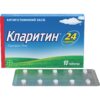
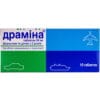
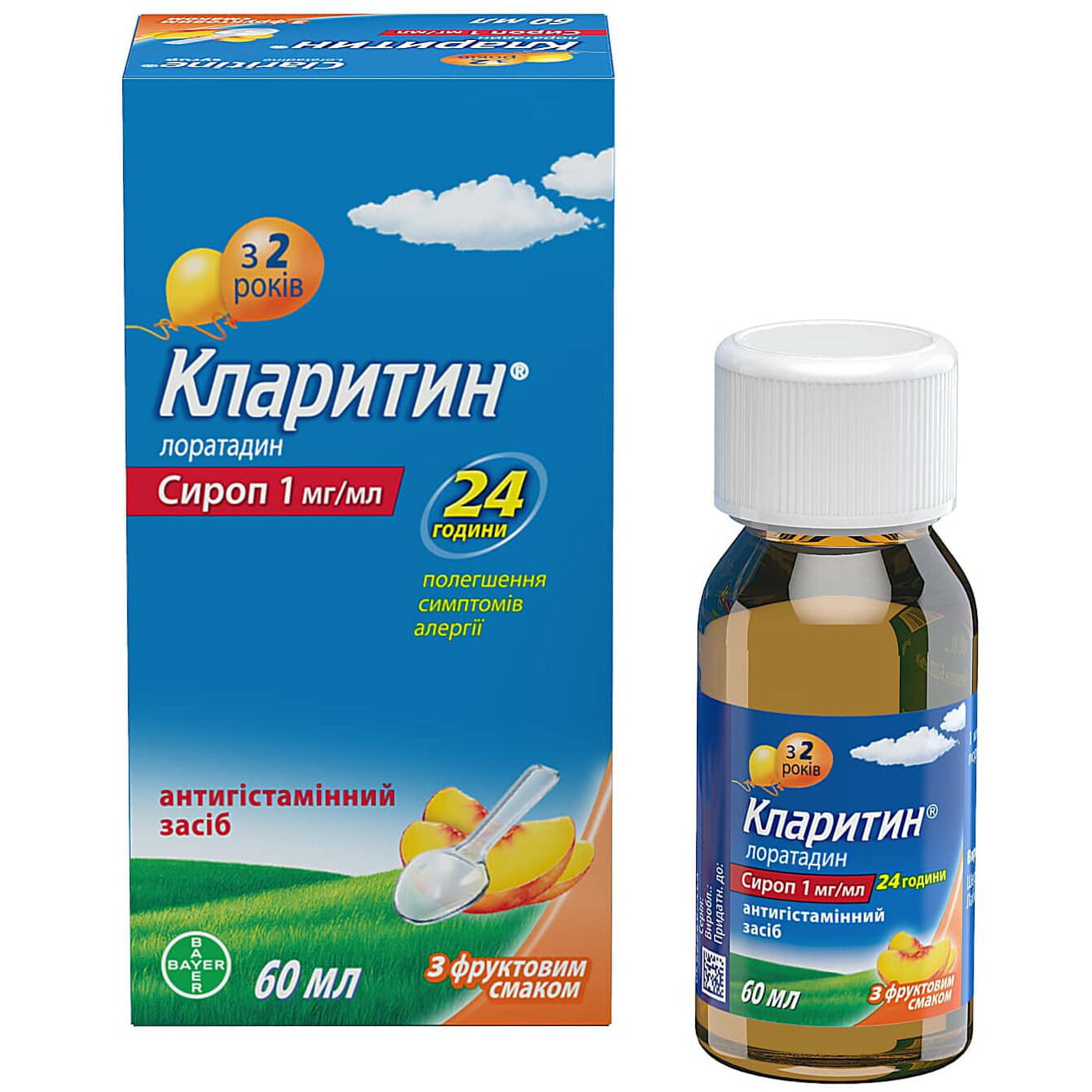
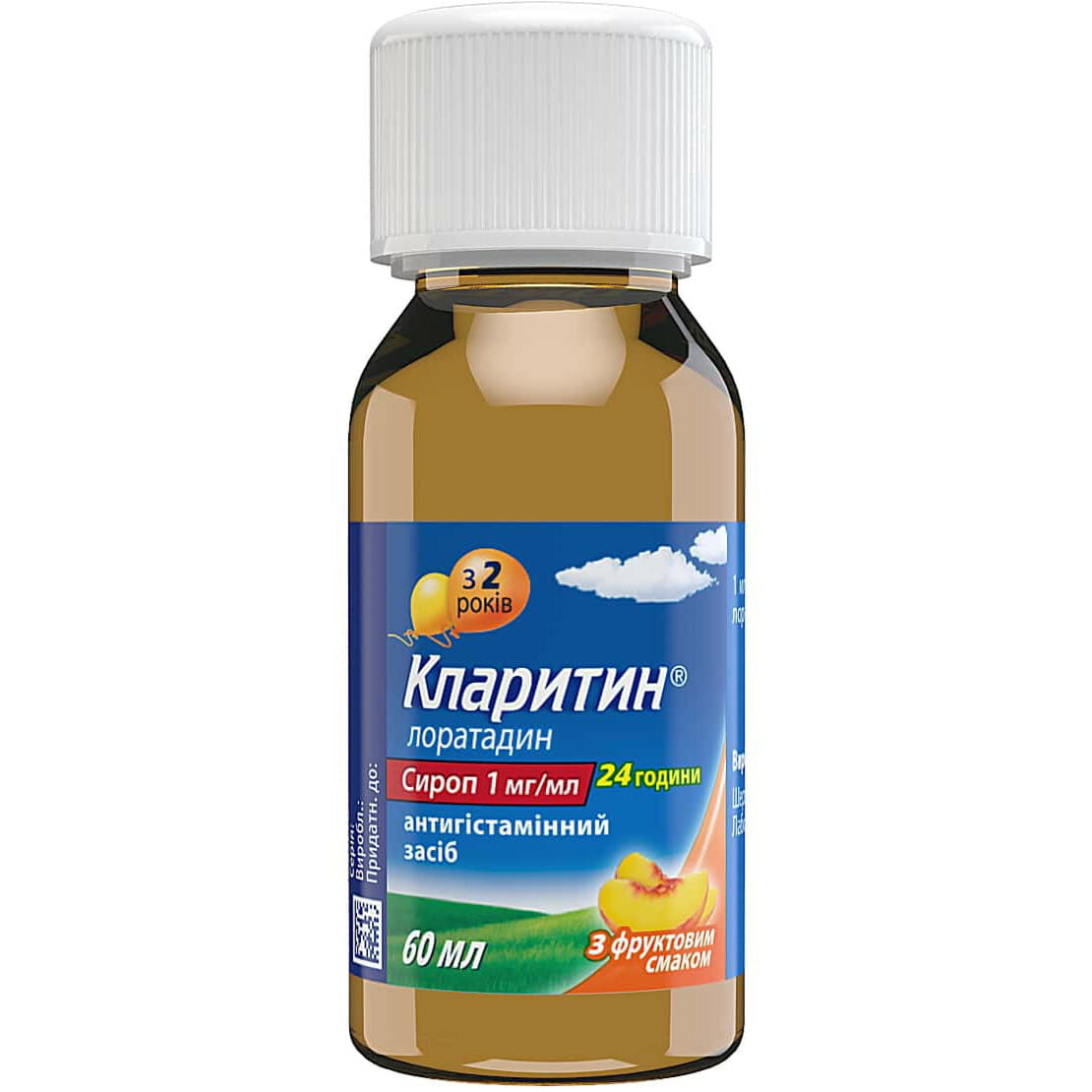
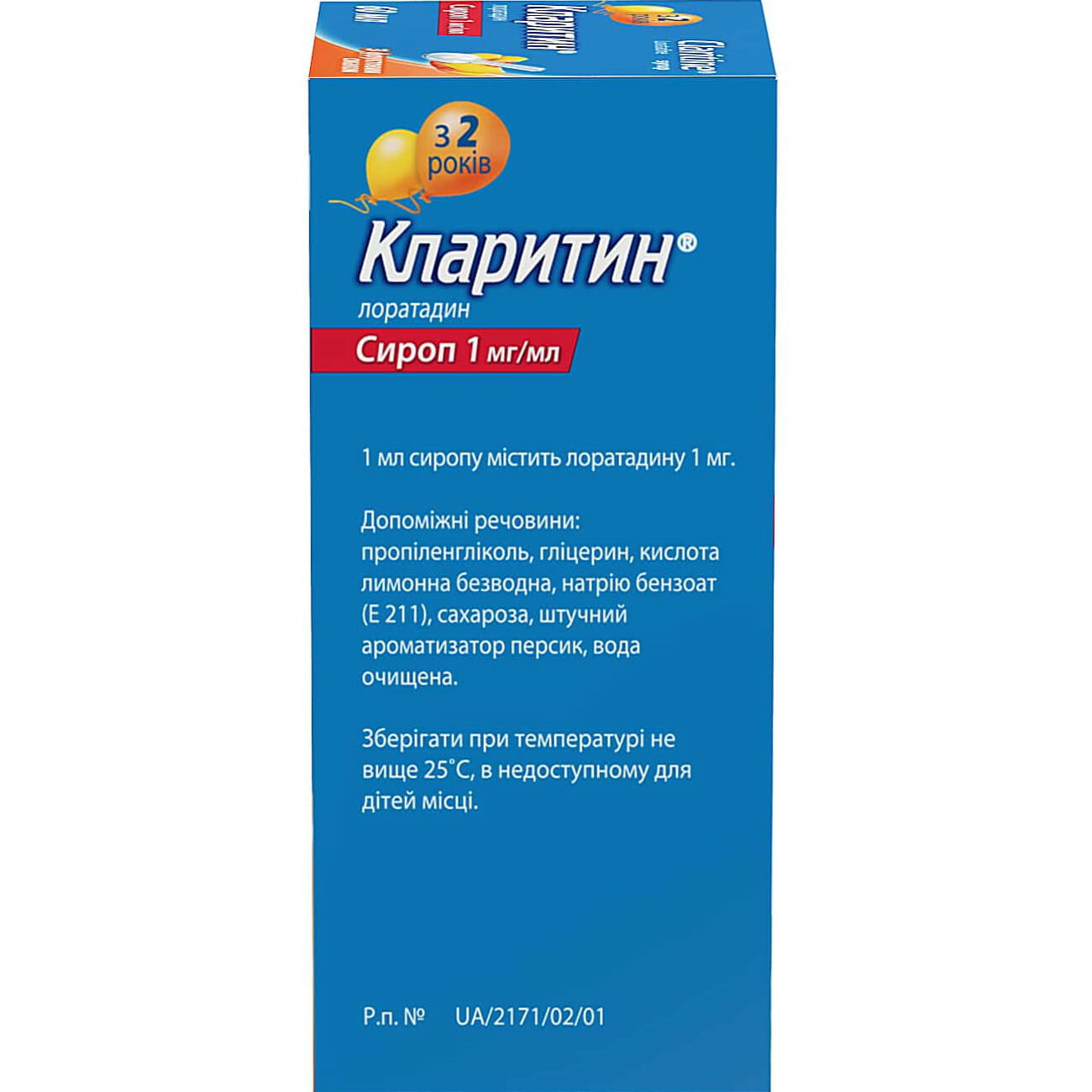
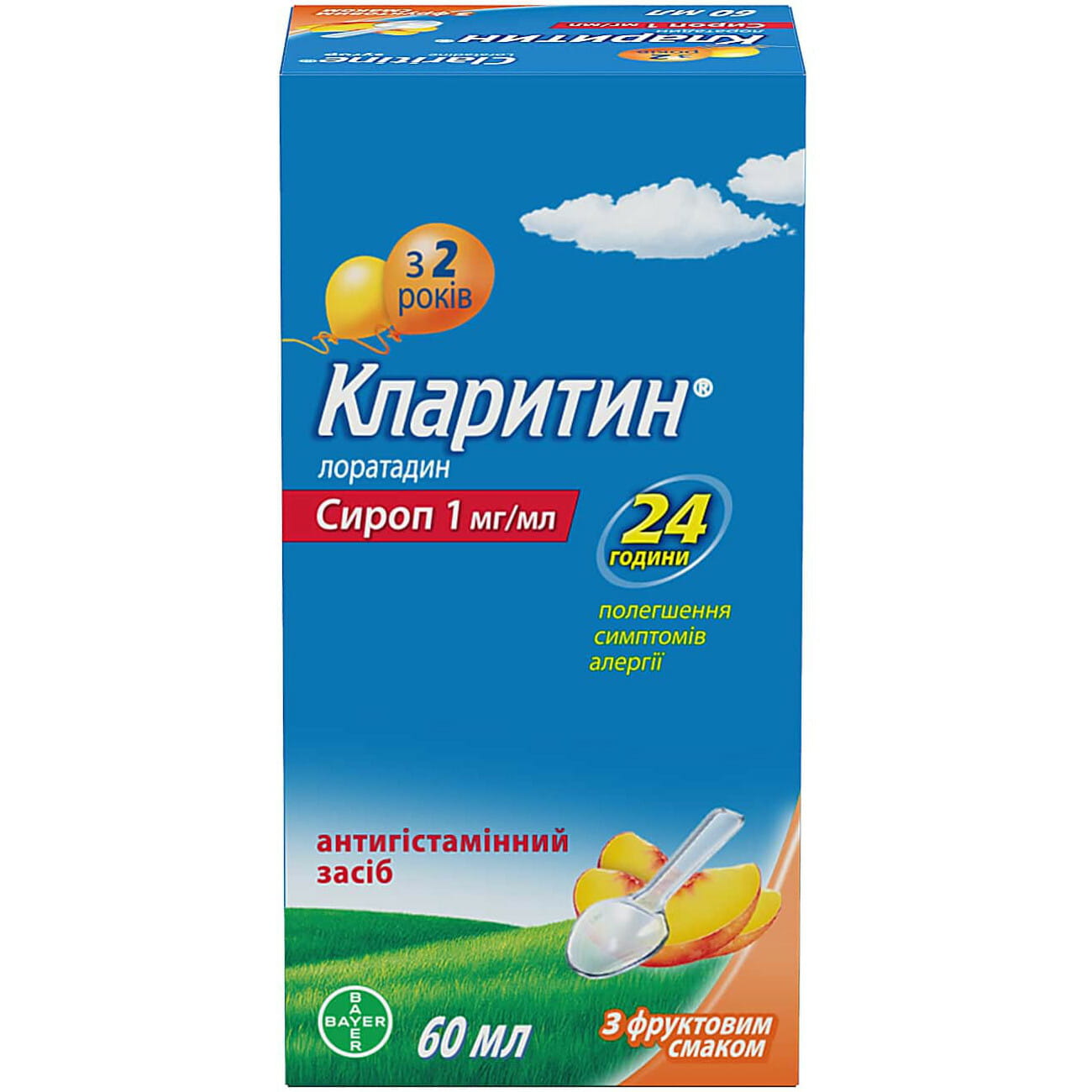

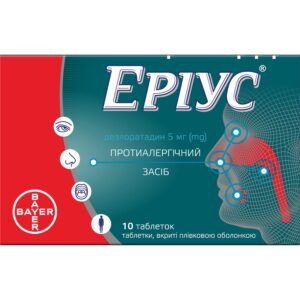
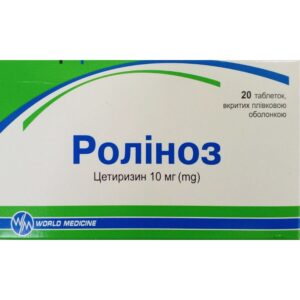
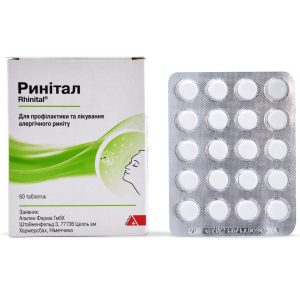
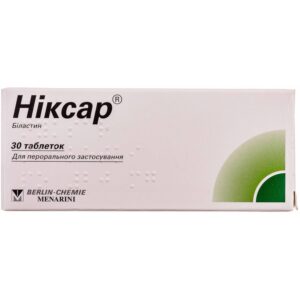
Reviews
There are no reviews yet.